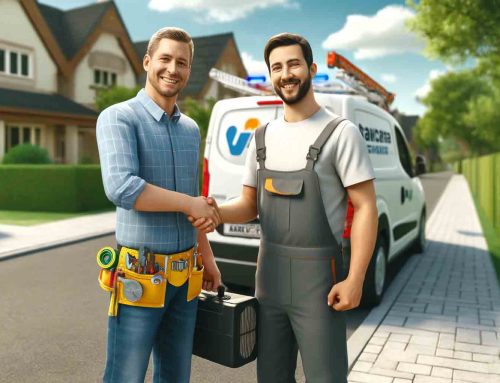The phenomenon may be familiar to those living in apartment buildings. The small, black maggots swarm around toilets and drains, usually signaling a problem. These strange invaders are actually the larvae of sewer flies, which make their home in the sewage system running beneath wet rooms.
What external characteristics do insects have?
Although the sewer fly, also known as the moth, does not pose a health risk, it is still worth dealing with it. The larvae are relatively easy to recognize, they are a few millimeters long, but their striped pattern and the hairs covering their bodies can only be observed very closely. They have characteristic tentacles and move like worms in the water.
Where there are larvae, you will always see flying, adult insects. They resemble small flies, but their wings have fluff growing on them. They are not very agile, so they are easy to kill. However, exterminating them one by one is not effective. Sewer flies should not be confused with their blood-sucking and disease-spreading relatives.
Can sewer flies be useful?
Sewer flies that appear in homes are accustomed to the proximity of humans, and are only found in nature in exceptional cases. Since their old habitats were also swampy areas, they feel very comfortable in the sewer network of residential buildings. They play an important role in preventing blockages, as they use their strong chewing organs to destroy deposits stuck to the walls of the pipes. They practically live off this greasy dirt.
However, when they overgrow, they themselves cause blockages in the system. This rarely happens, since the water jet at normal speed does not allow the larvae to stick in one place. Eradicating them, especially in apartment buildings where the entire network is infected, is almost impossible. In apartments, the most you can do is eliminate stagnant water. Therefore, it is important that if sewer flies suddenly appear in the bathroom, the owner suspects some other problem. As long as there is waterlogging, the larvae of the moth will not disappear around the sanitary facilities.
In addition, regular maintenance tasks should not be forgotten. In a clean and well-maintained drain, insects have a harder time settling due to the lack of food. Well-known home methods, such as a vinegar-baking soda mixture, can help clean the system of fatty deposits.
A personal experience
Below, one of our readers tells us what problems the sudden appearance of sewer flies in the shower tray foreshadowed.
My husband and I moved into our new apartment last summer. For a long time, everything was fine, the bathroom It had undergone a complete renovation a few months earlier. Underfloor heating was installed under the cladding. The first maggots appeared in the shower drain around September. Since we had never seen anything like it before, we researched the internet and found out that they were practically harmless larvae. It was interesting because we had seen the adult sewer fly before, but we thought it was a muslin fly.
We tried to pay more attention to the drain We cleaned the drain regularly, but somehow we still couldn't get rid of the unpleasant strangers. We realized that the larvae were actually a side effect of an invisible problem for a different reason. When we looked for a specialist, it immediately turned out that the floor under the shower tray had been wet for a long time, and the wall behind it was also wet. The sewer flies had burst to the surface along with the stagnant water. The tray was completely ruined, and a new cover and a new shower were needed. As soon as we fixed the problems, the larvae also disappeared from the bathroom.












